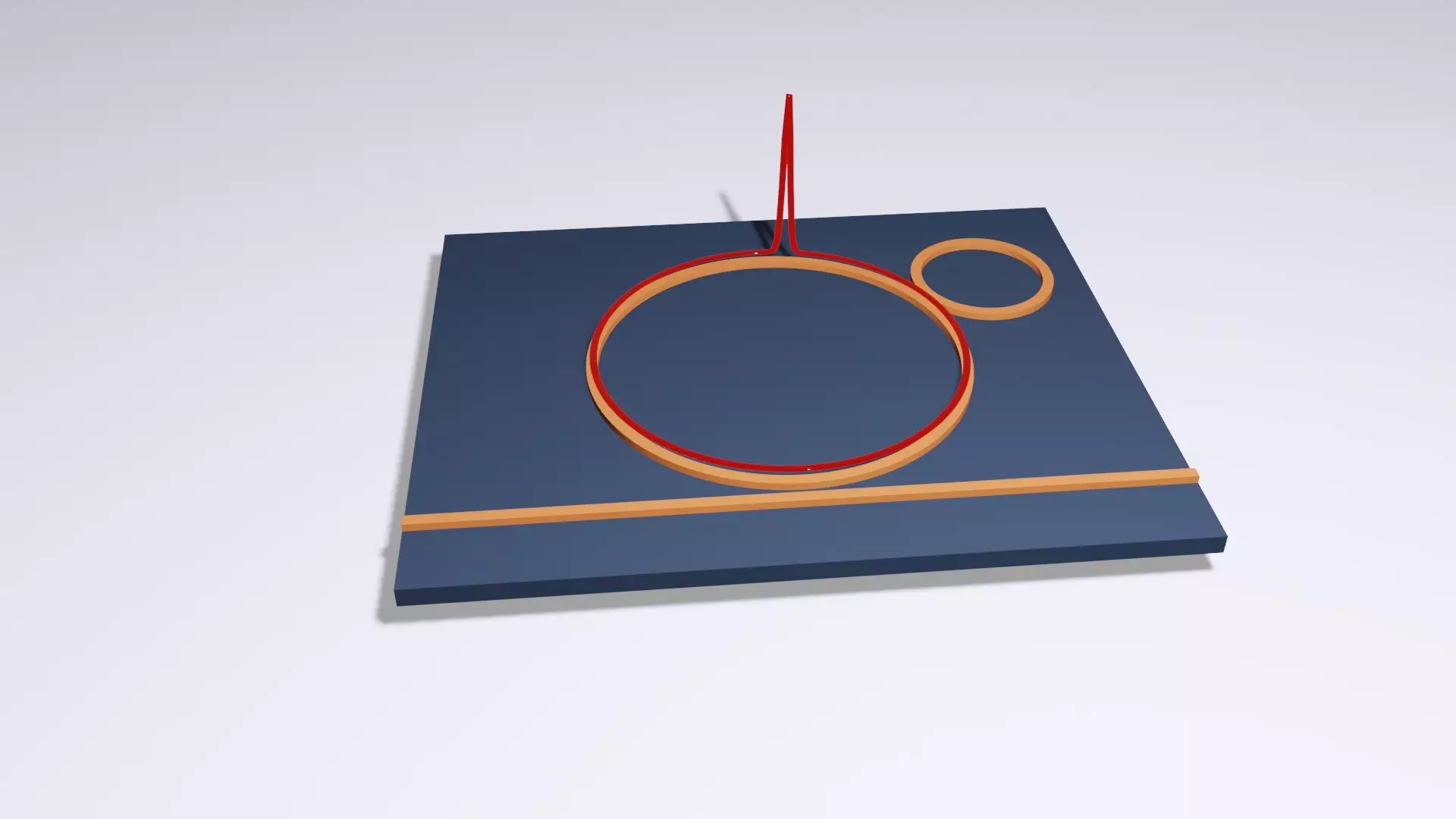The realm of science and technology never ceases to amaze us with its remarkable innovations. Microcombs are one such groundbreaking invention that has the power to revolutionize various fields, including astronomy and healthcare. However, current microcombs suffer from inefficiency, hindering their full potential. Fortunately, researchers at Chalmers University of Technology in Sweden have recently achieved a remarkable feat. Their breakthrough solution promises to make microcombs ten times more efficient, opening doors to unprecedented discoveries and advancements. This article explores the implications of their pioneering work and its potential impact on scientific research, laser technology, and the future of technology as we know it.
At its core, a microcomb is a vital tool that operates like a light-based ruler. It relies on laser technology to emit photons that circulate within a microresonator, constructing a small cavity. The resulting light gets divided into a wide range of frequencies, similar to markings on a ruler. These accurately positioned frequencies enable the creation of a unique light source consisting of hundreds, or even thousands, of frequencies operating harmoniously, much like synchronized lasers. This innovative technology possesses immense versatility as it can be employed in various applications that involve optical measurements, such as the calibration of instruments for space exploration, the search for exoplanets, and monitoring our health by analyzing our breath. However, until now, microcombs faced a significant hurdle – their lack of efficiency, limiting their widespread usability.
Overcoming the Efficiency Barrier
Traditionally, microcombs suffered from weak conversion efficiency between the laser and the microcomb. This inefficiency meant that only a fraction of the laser beam’s power could be utilized, rendering their impact on society rather limited. However, the research team at Chalmers University of Technology has successfully devised a method to overcome this fundamental limitation. Their breakthrough involves the utilization of two microresonators as opposed to a single one. When combined, these microresonators synergize to create an ensemble with enhanced properties, exceeding the sum of its parts. One resonator facilitates the coupling of laser light with the other, similar to how impedance matching works in electronics. Notably, this innovative method demonstrates the ability to increase the laser power of soliton microcombs tenfold, resulting in an efficiency boost from a mere 1% to over 50%. This dramatic enhancement in efficiency paves the way for microcombs to have a far-reaching impact on various technological domains.
The dramatic increase in microcomb efficiency has unearthed a myriad of new opportunities. This breakthrough technology now enables the penetration of high-performance laser technology into previously unexplored markets. For instance, the applications of frequency combs can extend to lidar modules for autonomous driving, GPS satellites, environmental sensing drones, and data centers facilitating bandwidth-intensive AI applications. The impact of this discovery is far-reaching and promises to revolutionize these industries, opening doors to unprecedented advancements in laser technology.
Furthermore, the researchers involved in this groundbreaking work have patented their method and established Iloomina AB, a company poised to bring this technology to a wider market. This step demonstrates their commitment to ensuring that their innovative solution reaches its fullest potential.
The breakthrough achieved by the researchers at Chalmers University of Technology in making microcombs ten times more efficient is a significant milestone in the realm of scientific advancement. Their pioneering method unlocks a new era of possibilities, extending the realm of high-performance lasers to previously unexplored territories. The potential applications of this technology are vast, ranging from space exploration and healthcare to autonomous driving and data-intensive AI applications. As we embark on this revolutionary journey, the future looks brighter than ever, with a new wave of discoveries and innovations on the horizon.


Leave a Reply